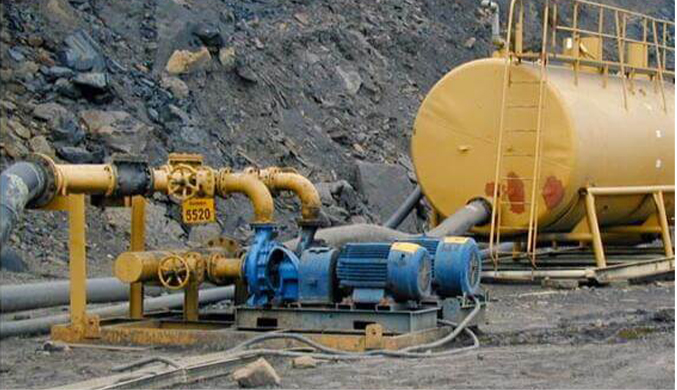Swedish
- Afrikaans
- Albanian
- Amharic
- Arabic
- Armenian
- Azerbaijani
- Basque
- Belarusian
- Bengali
- Bosnian
- Bulgarian
- Catalan
- Cebuano
- Corsican
- Croatian
- Czech
- Danish
- Dutch
- English
- Esperanto
- Estonian
- Finnish
- French
- Frisian
- Galician
- Georgian
- German
- Greek
- Gujarati
- Haitian Creole
- hausa
- hawaiian
- Hebrew
- Hindi
- Miao
- Hungarian
- Icelandic
- igbo
- Indonesian
- irish
- Italian
- Japanese
- Javanese
- Kannada
- kazakh
- Khmer
- Rwandese
- Korean
- Kurdish
- Kyrgyz
- Lao
- Latin
- Latvian
- Lithuanian
- Luxembourgish
- Macedonian
- Malgashi
- Malay
- Malayalam
- Maltese
- Maori
- Marathi
- Mongolian
- Myanmar
- Nepali
- Norwegian
- Norwegian
- Occitan
- Pashto
- Persian
- Polish
- Portuguese
- Punjabi
- Romanian
- Russian
- Samoan
- Scottish Gaelic
- Serbian
- Sesotho
- Shona
- Sindhi
- Sinhala
- Slovak
- Slovenian
- Somali
- Spanish
- Sundanese
- Swahili
- Swedish
- Tagalog
- Tajik
- Tamil
- Tatar
- Telugu
- Thai
- Turkish
- Turkmen
- Ukrainian
- Urdu
- Uighur
- Uzbek
- Vietnamese
- Welsh
- Bantu
- Yiddish
- Yoruba
- Zulu
Telephone: +86 13120555503
Email: frank@cypump.com
dec . 22, 2024 22:00 Back to list
pto driven slurry pump an overview
An Overview of PTO Driven Slurry Pumps
PTO (Power Take-Off) driven slurry pumps are an essential piece of equipment in industries that require the efficient transfer of thick, viscous liquids and slurry materials. These pumps derive their power from a tractor or other heavy machinery using a PTO shaft, making them an ideal choice for agricultural, construction, and mining applications. In this article, we will explore the operational principles, advantages, and application areas of PTO driven slurry pumps, as well as the considerations for their effective use.
Working Principles
PTO driven slurry pumps utilize the rotational energy provided by a tractor's PTO shaft to create suction and discharge of slurries. The primary components of a PTO slurry pump include an impeller, volute casing, and an inlet and outlet port. When the PTO is engaged, the rotational motion from the tractor drives the impeller, creating a vacuum that draws the slurry into the pump. As the impeller spins, it imparts kinetic energy to the slurry, allowing it to be expelled at high pressure through the discharge outlet.
The design of these pumps is typically heavy-duty, allowing them to handle abrasive materials and operate under demanding conditions. Many models also come with adjustable flow rates and pressure settings, providing flexibility in various applications.
Advantages of PTO Driven Slurry Pumps
1. Efficiency PTO driven slurry pumps are highly efficient, as they leverage existing machinery for power without the need for additional engines or fuel sources. This energy-saving feature leads to reduced operational costs and minimized downtime.
2. Portability These pumps are generally mounted on trailers or skids, allowing for easy transportation between job sites. Their mobility makes them accessible for various applications, whether in agriculture for irrigating fields or in construction for site drainage.
3. Versatility PTO slurry pumps can handle a wide range of materials, including sand, sludge, and other viscous slurries. Their adaptability makes them suitable for different sectors like mining, wastewater management, and agricultural drainage.
4. Reduced Maintenance With fewer moving parts than conventional pumps, PTO slurry pumps typically require less maintenance. This reliability is crucial in settings where time is of the essence and delays can incur significant costs.
pto driven slurry pump an overview

5. Environmentally Friendly By utilizing existing machinery, these pumps reduce the need for additional fuel consumption, making them a more sustainable choice compared to diesel-driven pumps.
Applications
PTO driven slurry pumps find widespread use across various industries. In agriculture, they are used for transferring liquid manure, irrigation water, or other nutrient-rich slurries to fields. Construction sites utilize these pumps for dewatering excavations, managing stormwater runoff, and transporting slurries created during the excavation process.
In mining, they play a vital role in slurry transport, whether it’s dealing with tailings or transporting materials from the extraction site. Additionally, they are instrumental in wastewater treatment facilities, where the handling of sludge and other waste materials is essential for maintaining operational efficiency.
Considerations for Effective Use
When selecting and using PTO driven slurry pumps, several factors should be considered
- Compatibility Ensure that the pump is compatible with the tractor's PTO size and configuration to avoid operational issues. - Maintenance Regular checks should be conducted to ensure that seals and bearings are in good condition, minimizing wear and tear over time.
- Safety Proper safety measures must be in place when operating these pumps, particularly in hazardous environments where slurry might contain harmful materials.
In conclusion, PTO driven slurry pumps are a valuable asset in many industrial applications, combining efficiency with versatility and portability. Their ability to handle slurries efficiently and cost-effectively makes them an indispensable tool in today’s agricultural, construction, and mining industries. As demand for sustainable and efficient solutions rises, these pumps will likely continue to play a vital role in material transfer processes.
-
High-Efficiency Submersible Effluent Pump for Sewage & Wastewater Solutions
NewsJul.08,2025
-
High Quality CH Warman Slurry Pump Factory - Leading Horizontal Slurry Pump Supplier
NewsJul.08,2025
-
Hot Sale Chemical Circulating Pump – Efficient & Durable Slurry Circulating Pump Solutions
NewsJul.08,2025
-
High-Efficiency Submersible Dredge Pump for Sand & Gravel Durable Dredge Slurry Pumps Solutions
NewsJul.07,2025
-
Wholesale Slurry Pump Impeller Supplier – High-Quality & Efficient Pump Parts for Enhanced Performance
NewsJul.07,2025
-
High-Efficiency Water Submersible Pumps Reliable Water Pump for Potable Water Supply
NewsJul.06,2025










